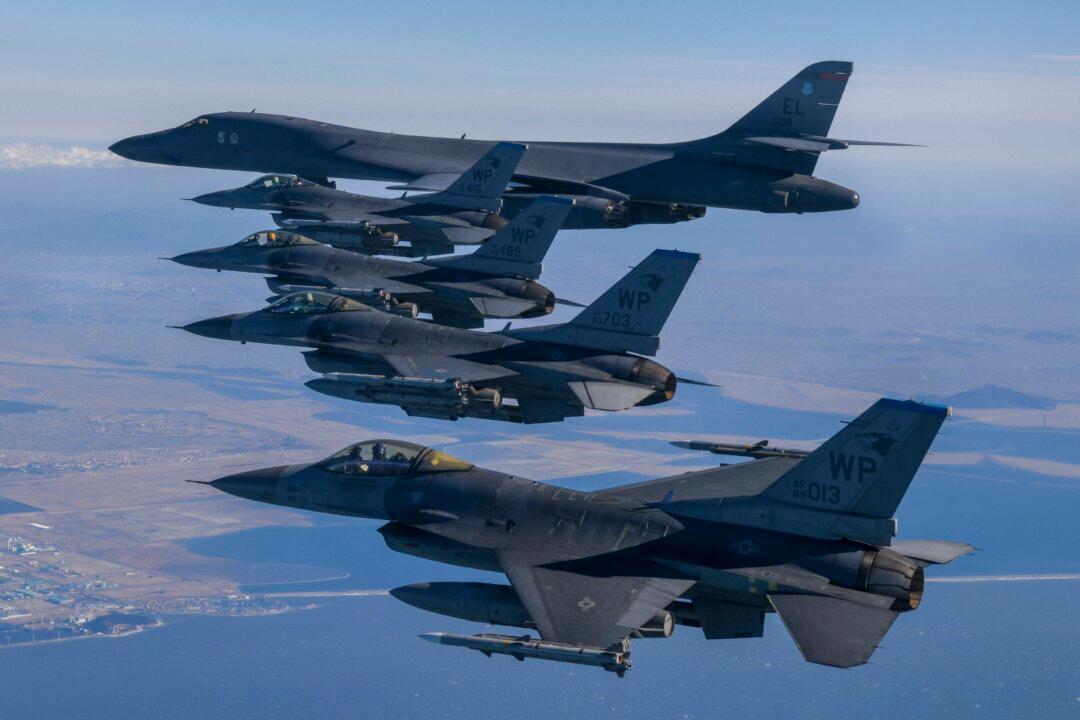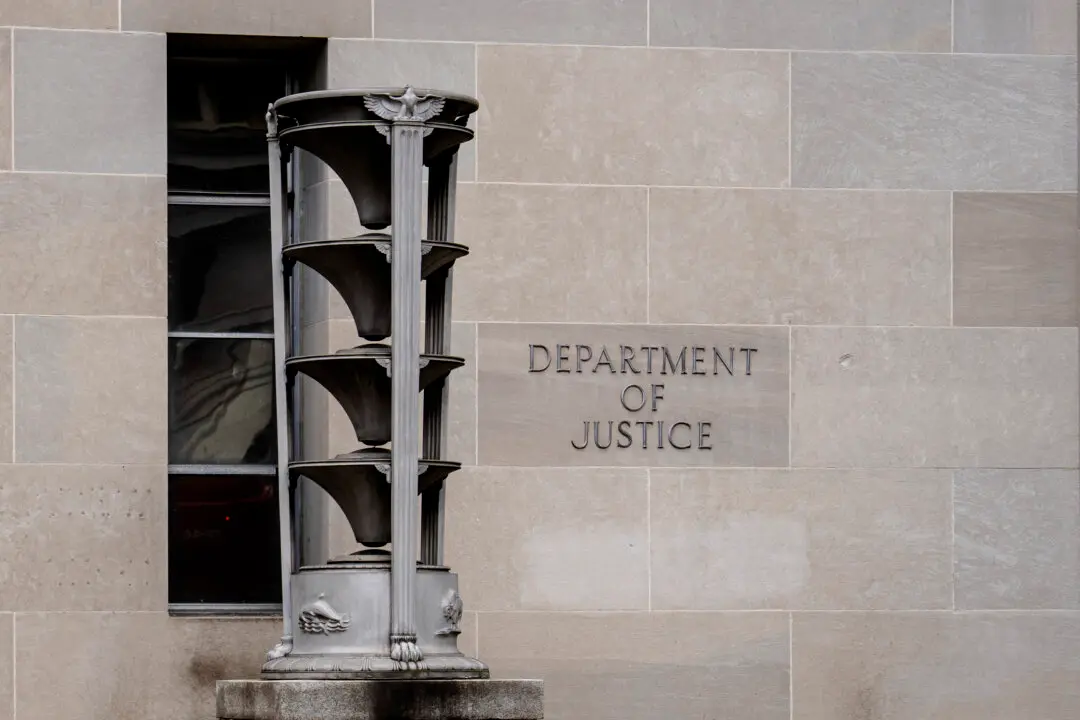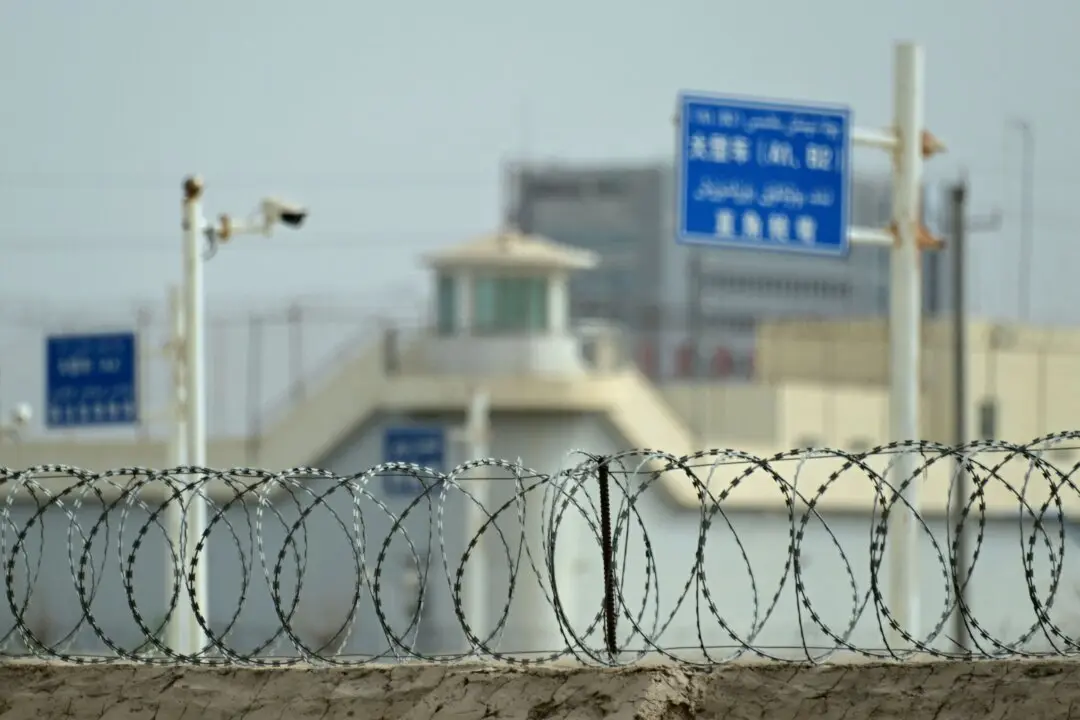A U.S. Air Force F-16 fighter jet crashed into the Yellow Sea off South Korea on Dec. 11 after encountering an “in-flight emergency” while on a routine training flight. The pilot was rescued after ejecting safely from the aircraft.
The pilot was rescued in the Yellow Sea by the South Korean coast guard and was being returned to the Kunsan Air Base, the 8th Fighter Wing said in a statement.





